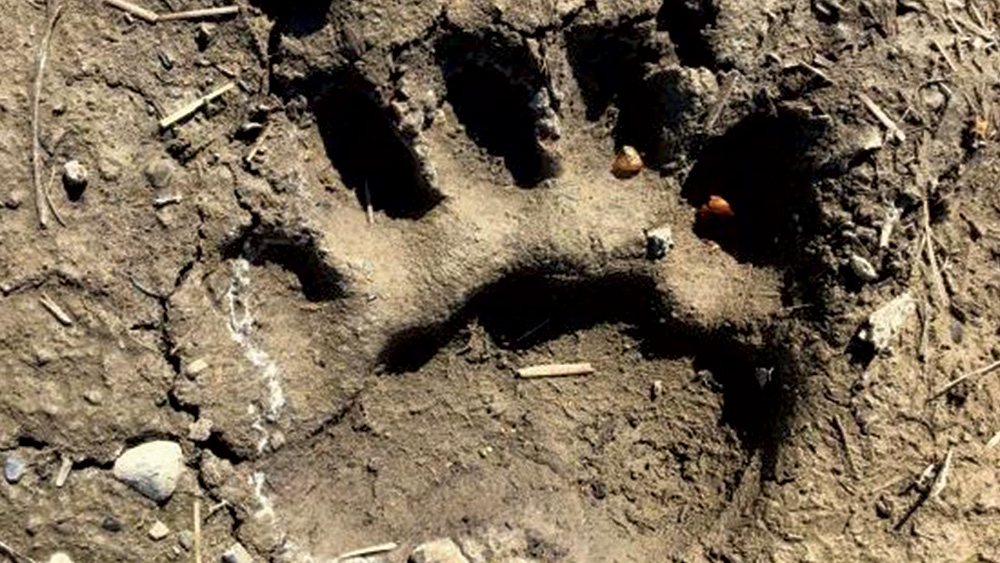Monitoring bear habitats at Coastal GasLink Pipeline
For one of Alkoomi’s client projects in Canada, protecting wildlife and wildlife habitat is part of their commitment to achieving the highest standards of environmental protection during construction, and for the life of the project. Grizzly bears are an important part of the landscape across northern British Columbia.
The project’s Senior Environmental Advisor, Narges Boroujerdi, says “Coastal GasLink is a large and complicated project, therefore planning in advance and making sure we are aware of various species in general and how to protect them before construction starts is one of our goals.”
To identify areas along the project footprint for bear denning habitat potential, several qualified professionals, under the guidance of registered biologists, complete bear den surveys using aerial and ground-based surveys. The aerial surveys are done by helicopter to scan out to 200 meters for signs of bear denning activities, such as bears and tracks.
Following the aerial survey, ground crews focus on surveying previously identified potential bear dens through ground surveys. They look for features that may provide suitable den sites, such as, large hollow trees, logs, stumps, and rock cavities. Female bears can fold into a cavity where the entrance is only 30 centimetres across!
At locations where a potential bear den is identified, the crews install remote cameras to record signs of bear activity. Infrared cameras allow their environmental teams to view a habitat without going into the den which protects the bear’s denning areas (as well as the crews). “With infrared, you can see them inside without entering the potential den, says the project’s Senior Environmental Advisor, Sherry Nugent, “If we confirm the den is active, we monitor it during the season with remote cameras and avoid disturbing it.”
When an active bear den is discovered, mitigation measures are implemented, including stopping work immediately and maintaining a minimum 200-metre setback until the den is no longer active. Bear denning is seasonal and occurs in the winter months. “Once a bear decides where they are denning, they are there. That can have impacts to construction and scheduling, such as clearing, as we cannot disturb them until the spring,” adds Nugent.
Environmental responsibility means always doing the right thing. To help reduce the footprint, Coastal GasLink works hard to proactively identify and mitigate potential issues every day.




